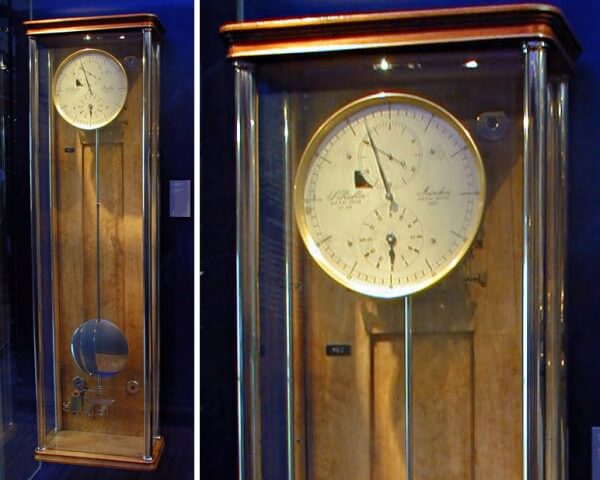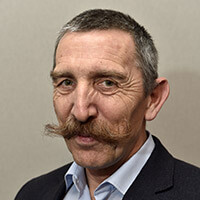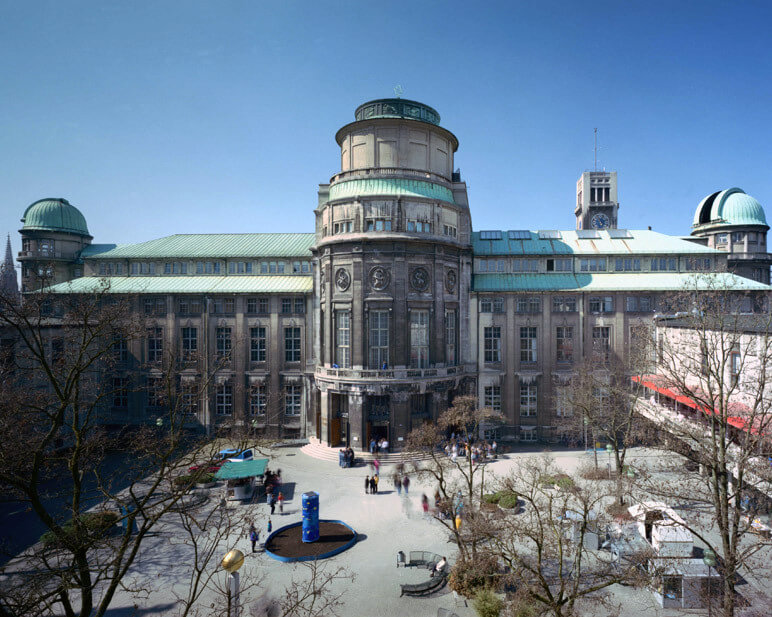The Deutsches Museum in Munich was founded in 1903 by the engineer Oskar von Miller, who pioneered the development of electricity distribution networks in Germany. Of the numerous museums inaugurated in the early twentieth century, a great many were no doubt following a trend. Von Miller’s objective, in contrast, was both tactical and political. The decision to found the museum was voted in 1903 at the general assembly of the Verein Deutscher Ingenieure (Society of German Engineers) whose patron was Prince Ludwig of Bavaria. The city of Munich proposed to build the museum on Kohleninsel (Coal Island, now Museum Island) in the River Isar, and the Bavarian Academy donated its priceless collections.
Oskar von Miller’s innovative didactic concept won over public benefactors and private patrons alike. The museum’s self-appointed vocation was to be both informative and enjoyable. It had to spark interest at every level of society, and enable each visitor to comprehend the scientific and technical concepts it presented. It was Miller’s ambition to create a museum of technology but most of all a place of interest. This was no small feat. The museum’s name – the German Museum of Masterpieces of Science and Technology – had no nationalistic connotations but reflected the desire to go beyond regional boundaries and reach out to the entire nation.
Hands-on science
Construction of the museum was halted by the First World War. It finally opened to the public on 7th May 1925, on Oskar von Miller’s 70th birthday.
The Deutsches Museum in Munich has some 73,000 square metres of exhibition space, devoted to 50 fields of science and technology. Germany’s most-visited museum, its aim is to present science and technology in a way which the layperson can understand, using working models to demonstrate laws of physics, chemistry and electromechanics. Other exhibits illustrate production techniques and processes. The museum also owns an impressive collection of machines, including steam engines and jet propulsion engines. Information boards and multimedia installations give detailed explanations of concepts in astronomy, astrophysics and time measurement. The museum is, without any doubt, true to its multidisciplinary vocation.
The time measurement exhibit, located on the science floor, is divided into four sections, each of which examines different scales of time measurement: geological periods, calendar systems, representation of time, and the measurement of short intervals.
The measurement of time
Knowledge of the exact time has many purposes, such as coordinating public transport and dividing the working day, but also other more essential functions. It played a critical role in nineteenth-century navigation when plotting a ship’s longitude. For many years, marine chronometers mounted on gimbals and kept in a mahogany case were the most accurate portable means of measuring time. With the invention of specific escapements and sophisticated thermal compensation devices, clocks further gained in accuracy. It was largely thanks to this newfound precision that clocks became more widespread in public places. Clocks made by Sigmund Riefler and, much later, his son Clemens were particularly renowned for their quality and precision. Since 1889, Riefler regulator clocks lose less than one second every three months! Throughout the second half of the twentieth century, precision mechanical clocks were used as benchmarks in observatories, alongside meridian telescopes.

From the mid-1930s, new quartz movements made it possible to measure time with even greater precision. Quartz, which was developed at the same time as the radio, is used for its piezoelectric properties. This was also when Rohde & Schwarz of Munich became one of the first factories to mass-produce quartz clocks. These still relied on electronic tubes and were the size of a wardrobe. As in the past, the time shown corresponded to the movement of the stars in the sky, and the duration of the second was defined in terms of the period of revolution of the Earth around the Sun. Each watch mechanism aimed to reproduce these proportions as accurately as possible.
When physics steps in
A new type of watch appeared in the United States after the Second World War. Based on the period of radiation of certain atoms, its precision exceeded even that of the quartz watch. This form of time measurement is directly derived from natural constants. In 1967, the General Conference on Weights and Measures drew up a new definition of the second, calculated according to a property of the cesium atom: “The second is the duration of 9,192,631,770 periods of the radiation corresponding to the transition between the two hyperfine levels of the ground state of the cesium 133 atom.”
Since then, the second is no longer defined in relation to the movement of the stars. Physics has long reigned over time measurement, and advocates of atomic time are dismayed by the difference between their theoretical time standard and the movement of the stars as we see it. It’s their view that the heavens should be synchronised with atomic time!
Smaller and smaller
Mechanical instruments are incapable of precisely measuring increments of less than one second… with the exception of certain mechanical watches which measure tenths and even hundredths of a second. We owe the most important breakthrough in this domain to Mathias Hipp who, in the late nineteenth century, developed an electromagnetic chronoscope to measure ultra-short intervals. The psychologist Wilhelm Wundt was among those who used Hipp’s invention, to measure human response time.
Numerous laboratories continue to study means of measuring even smaller increments. Oscilloscopes developed by an institute of technology in Aix-la-Chapelle in the 1930s were the first instruments to measure the nanosecond (one billionth of a second).
Whereas previously a duration was calculated from signals on the oscilloscope’s screen, shown on different scales that were graduated in micro- and nanoseconds, computer screens now display time as tables. The traditional representation of time in a circle is thus replaced by a time axis, beginning at zero and continuing indefinitely.
Deutsches Museum von Meisterwerken der Naturwissenschaft und Technik
German Museum of Masterpieces of Science and Technology
Museumsinsel 1
80538 Munich
Tel.: +49 (0)89 2179 1
Fax: +49 (0)89 2179 324
Automatic switchboard: +49 (0)89 2179 433
Opening times and admission
The Deutsches Museum is open daily from 9am to 5pm
Adults €8.50 / Children aged 6 to 15: €3
















